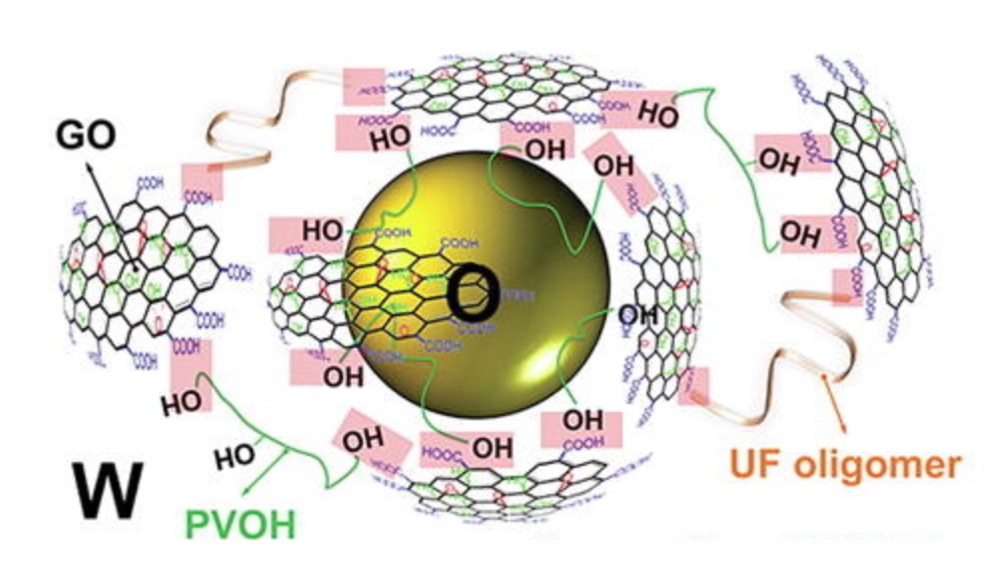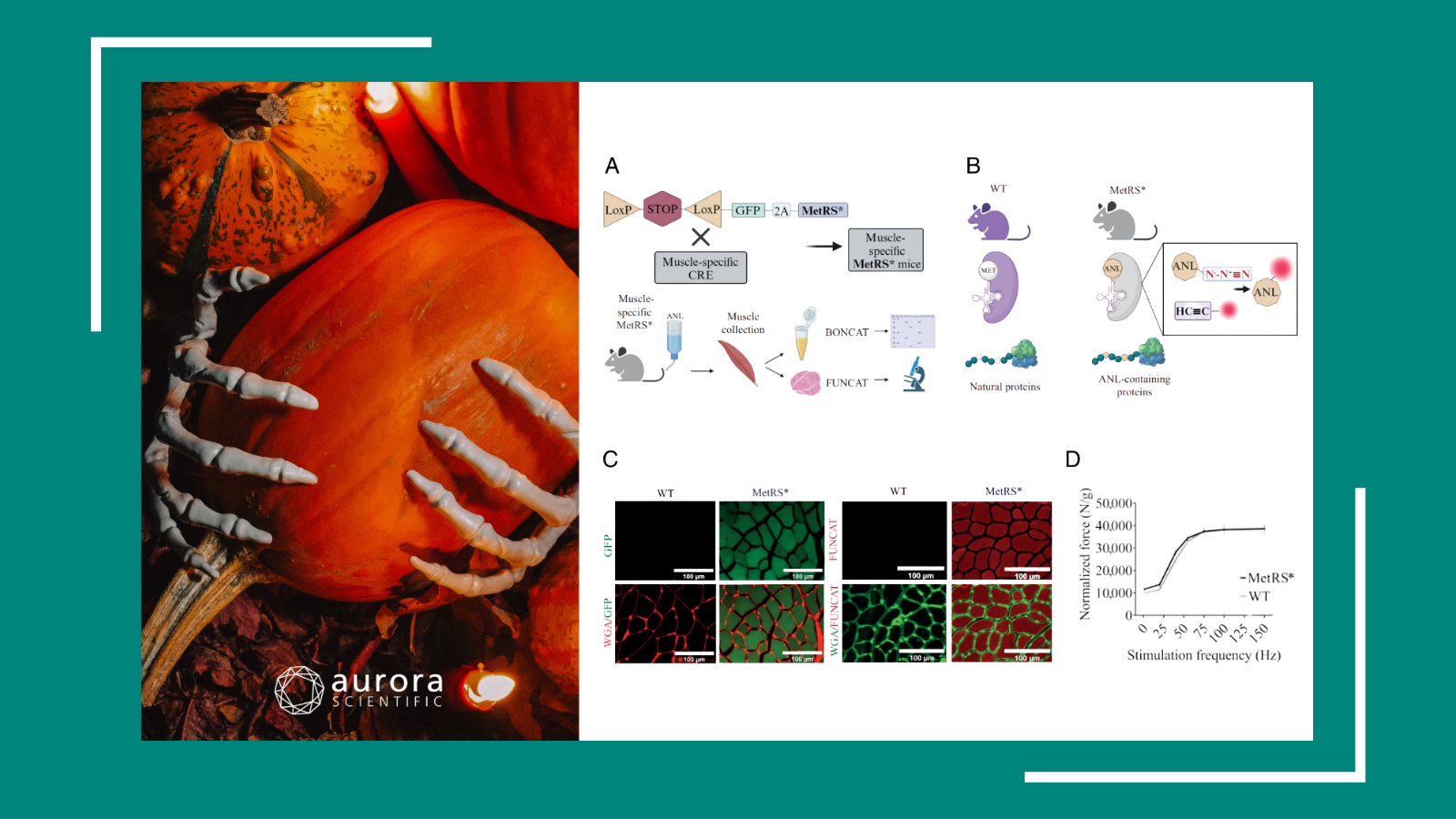Microencapsulation has an extensive array of applications that can improve the stability of active chemicals and provide controlled release of active ingredients. This powerful technology can also convert liquids into free-flowing powders and aid in delivering target compounds to specific sites for release. Sustained release microcapsule preparations often depend on diffusion of active materials from the core through a permeable outer membrane to the intended site.
Typically, microcapsule membranes are highly permeable, thus complete retention of small molecules is difficult to achieve. In particular, encapsulation of volatile substances and solid-liquid phase change materials is a challenge that remains unsolved, despite applications in a wide range of industries such as foods, personal care, pharmaceuticals and home care products. Consequently, microencapsulation has been recognized as an essential technology to prevent active substance leakage and thus has received proportional attention from industrial developments in recent years.
The following two publications outline the production of microcapsules and evaluation of wall strength and permeability. Yue Long et al. assessed the mechanical properties and oil release profiles of composite microcapsules, while Yan Zhang et al. evaluated the emulsification and resulting capsule wall strength produced using differing concentrations of cross-linked poly(vinyl alcohol).
** Featured Image taken from Yan Zhang et al.
Composite microcapsules with enhanced mechanical stability and reduced active ingredient leakage
In this article, primary microcapsules with walls made from melamine formaldehyde and CaCO3 nanoparticles were used to encapsulate perfume oil. These primary microcapsules were then encapsulated in a calcium shellac matrix to form composite, dual-wall microcapsules.
The advantages for such dual-wall structures are that the cost of using shellac as an outer wall to control the stability of the capsules is relatively low and, with the protection of the shellac matrix, one has more flexibility in the chemistry and stabilizers required to mitigate chemical interactions with the active ingredient cores during packaging and transport. These features give developers more freedom of choice in industrial applications while still protecting the active ingredients.
The oil release profiles of the composite dual-wall microcapsules were evaluated here and the mechanical properties of the microcapsules were determined by micromanipulation using a 405A force transducer. These composite microcapsules showed enhanced mechanical stability and reduced leakage of the active ingredient over conventional microcapsules, and they could meet the strength requirements for a wider range of applications such as textiles and detergents.
Improved Volatile Cargo Retention and Mechanical Properties of Capsules via Sediment-Free In Situ Polymerization with Cross-Linked Poly(Vinyl Alcohol) as an Emulsifier
In this publication, poly(vinyl alcohol) (PVOH) was used to stabilize a heptane-in-water emulsion as a template for producing microcapsules via a one-step in situ polymerization. The mechanical properties of capsules produced with PVOH were superior to those synthesized with hydrocolloids, and using PVOH as an emulsifier improved the permeability properties of the capsules.
Similarly to Yue Long et al., Aurora Scientific force transducers (model 403A and 405A) were used to micromanipulate the capsules and evaluate their wall strength and mechanical properties. Capsules produced with the PVOH emulsifier were mechanically stronger and cross-linking the polymer network decreased their permeability for reduced leakage of volatile compounds.
The most noteworthy benefit of using PVOH as the emulsifier to synthesize capsules is the significant reduction of precipitates that are usually produced during in situ polymerization. This development eliminates the need for the tedious process of centrifugation to harvest microcapsules during manufacturing.
These improvements in capsule synthesis will provide an enormous industrial benefit by reducing production times and simplifying manufacturing procedures.




